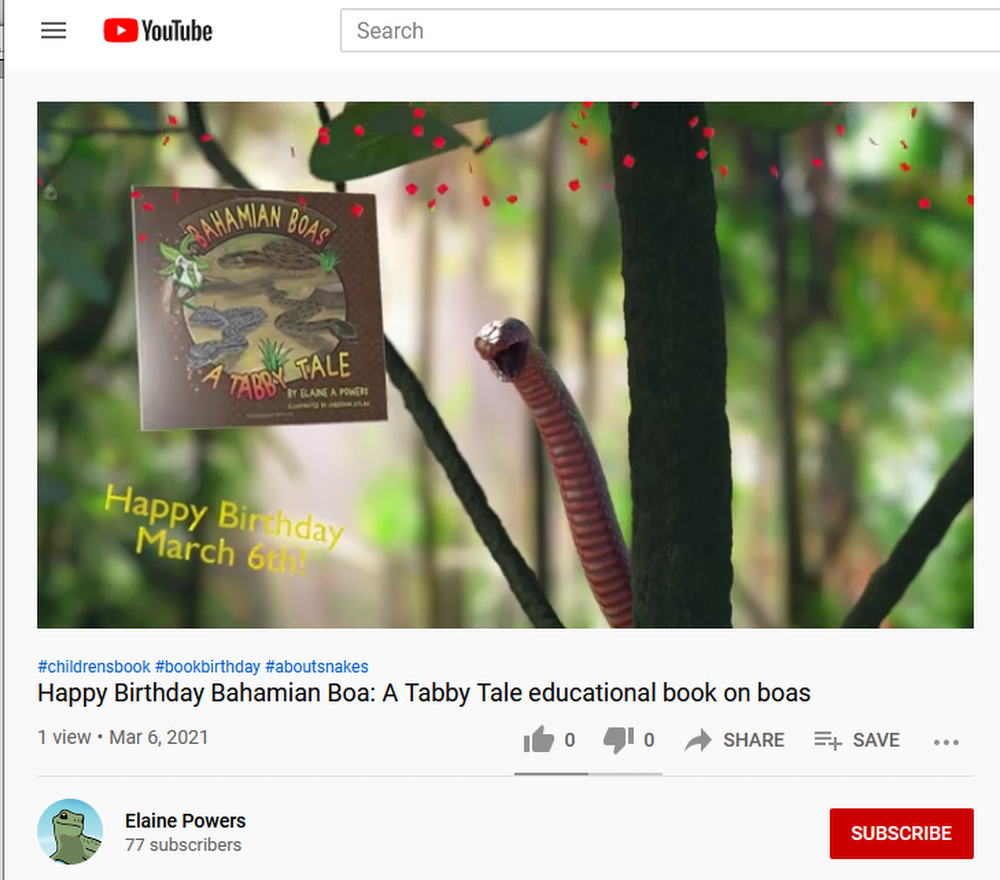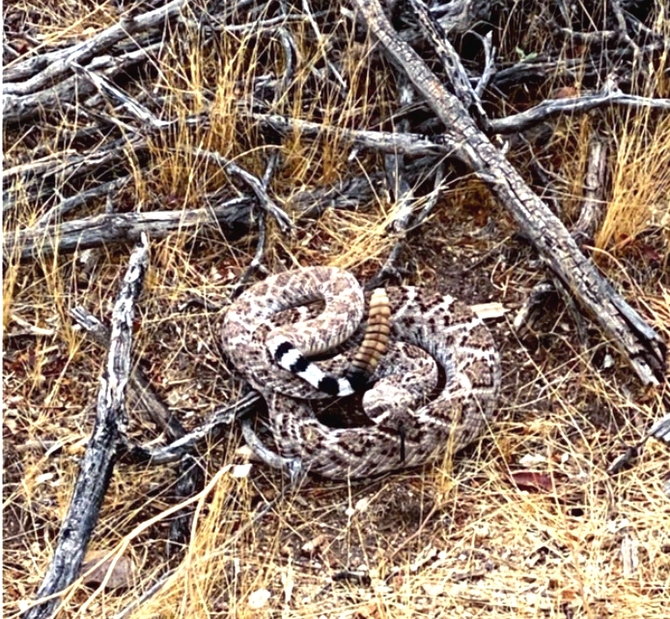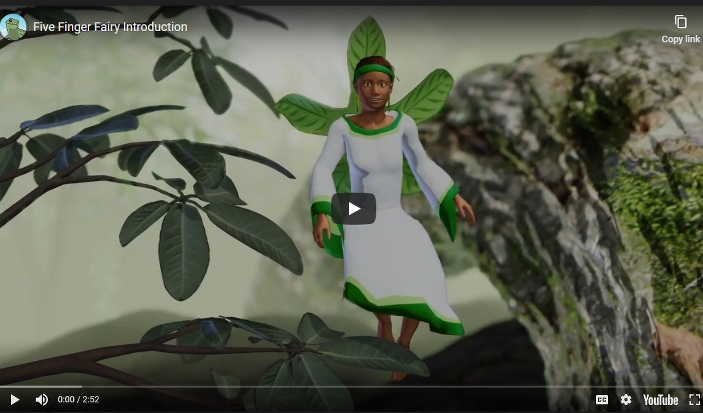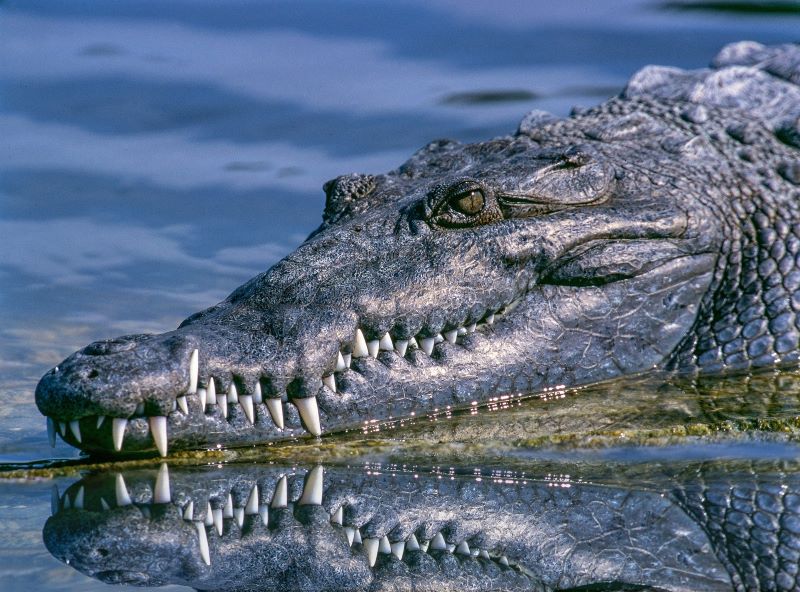My Bahamian Boas Book is Having Its Birthday Today!

I’m celebrating the March 6th ‘birth’ day of my book, Bahamian Boas: A Tabby Tale. CLICK THIS LINK TO SEE ME SPEAK ABOUT THE BIRTHDAY OF MY BOOK. A special guest appeared, whom you will very much enjoy seeing. CLICK THIS LINK TO SEE SNAZZY THE SNAKE HIGHLIGHT THE BIRTHDAY BOOK ON YOUTUBE! HAPPY BIRTHDAY, […]
February 1st is National Serpent Day!

I came across this beauty, a Western Diamondback Rattler, on a recent ride in the Sonoran Desert. Ooh, February 1st is National Serpent Day! Some of my favorite animals are serpents. I grew up with snakes as family pets, mostly garter snakes, because my brother was allergic to fur. We cuddled them like you would […]
Tabby Sure Has My Attention! How About Yours? by Curtis Curly-tail

I like to think of author Elaine A. Powers’s You Tube channel as MY channel. It does, after all, say at the top of the page, “Curtis Curly-tail Speaks!” But, I’m like, “Whoo, hoo! Look at that girl go!” I mean, have you seen and heard Tabby the Five-Finger Fairy on You Tube? I’d read […]
Alligator vs. the Marshmallow

As a science book writer, I am asked to speak at schools and libraries about my favorite subject: reptiles. I often use props to help people visualize the facts I present. For instance, an iguana egg is about the size of a marshmallow. So, I bring a bag of marshmallows to use and, when allowed, […]
